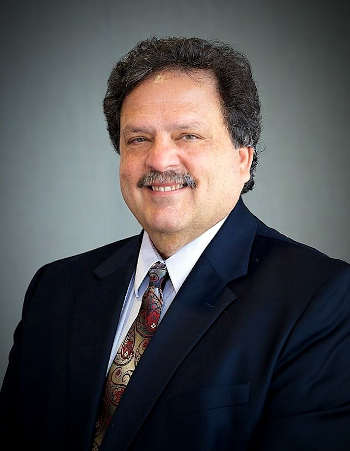- DENNIS FORDHAM
- Posted On
Estate Planning: Life estates

Lifetime gifting of property is an approach to estate planning that has its place under the right circumstances.
Lifetime gifting can either be outright or subject to a retained interest by the donor. An owner of real property, who owns their property free and clear, can deed (gift) their real property to another and still reserve (retain) a life estate for their lifetime. A deed with a life estate approach has its pluses and minuses.
A life tenant — i.e, the person with the life estate — has the use, rents and enjoyment of the real property until the life tenant either dies or relinquishes (gives up) their life estate. Thus, the life tenant can live there and/or collect any rent on the real property.
At the end of the life estate, ownership of the real property automatically passes to the holder(s) of the remainder interest named on the deed. No probate or trust administration is required. All that is required to transfer title is that an affidavit of death of life tenant or surrender of life estate, as relevant, be recorded with the county recorder’s office.
During the period of the life estate, the life tenant has all the obligations of ownership, including paying the real property taxes and insurance.
However, the life tenant alone can neither sell the property nor take out a reverse mortgage because the life tenant does not own a fee simple absolute (complete title).
To sell the property, the life tenant and the owner(s) of the remainder interest would all have to join together. The proceeds of the sale would be allocated (divided) based on the appraised value of the life estate at the time of sale factoring in the life expectancy of the life tenant.
Avoiding an administration at death may be viewed as particularly beneficial in some family circumstances. By transferring the property during the owner’s lifetime with a reserved life estate, no notice is required at the owner’s death to the owner’s heirs, as is required with either probate or trust administration.
This means that the heirs do not have an opportunity to contest the trust or will that might otherwise have been used as the owner’s estate planning tool.
Another use of the life estate applies when the owner wants to allow someone else the right to live in the property during their lifetime but wants the property to pass to a different person when the life tenant dies.
This is frequently seen in second marriages where the real property is owned by one spouse who wants to ensure that his or her children ultimately inherit the real property when the surviving spouse dies.
As life tenant, the surviving spouse can live at the residence but cannot prevent the deceased spouse’s own intended beneficiaries (usually the deceased spouse’s own children) from inheriting full ownership at the surviving spouse’s death.
However, in the foregoing situation it is more common for the owner to use a trust — and not a deed with a life estate — that allows their surviving spouse the right to live in the residence and gives the property to the owner’s children at the surviving spouse’s death.
The terms of the life estate are inside the trust. Using a trust to provide the life estate can allow the residence to be sold and a replacement residence to be purchased by the trust while the surviving spouse is alive. That way the surviving spouse can move or downsize their home.
The foregoing is a simplified discussion and not legal advice. Anyone considering or dealing with a life estate should consult an attorney.
Dennis A. Fordham, attorney, is a State Bar-Certified Specialist in estate planning, probate and trust law. His office is at 870 S. Main St., Lakeport, California. He can be reached at This email address is being protected from spambots. You need JavaScript enabled to view it. and 707-263-3235.




 Mysterious blasts of radio waves from across the universe called fast radio bursts are getting more attention from astronomers.
Mysterious blasts of radio waves from across the universe called fast radio bursts are getting more attention from astronomers. 


















